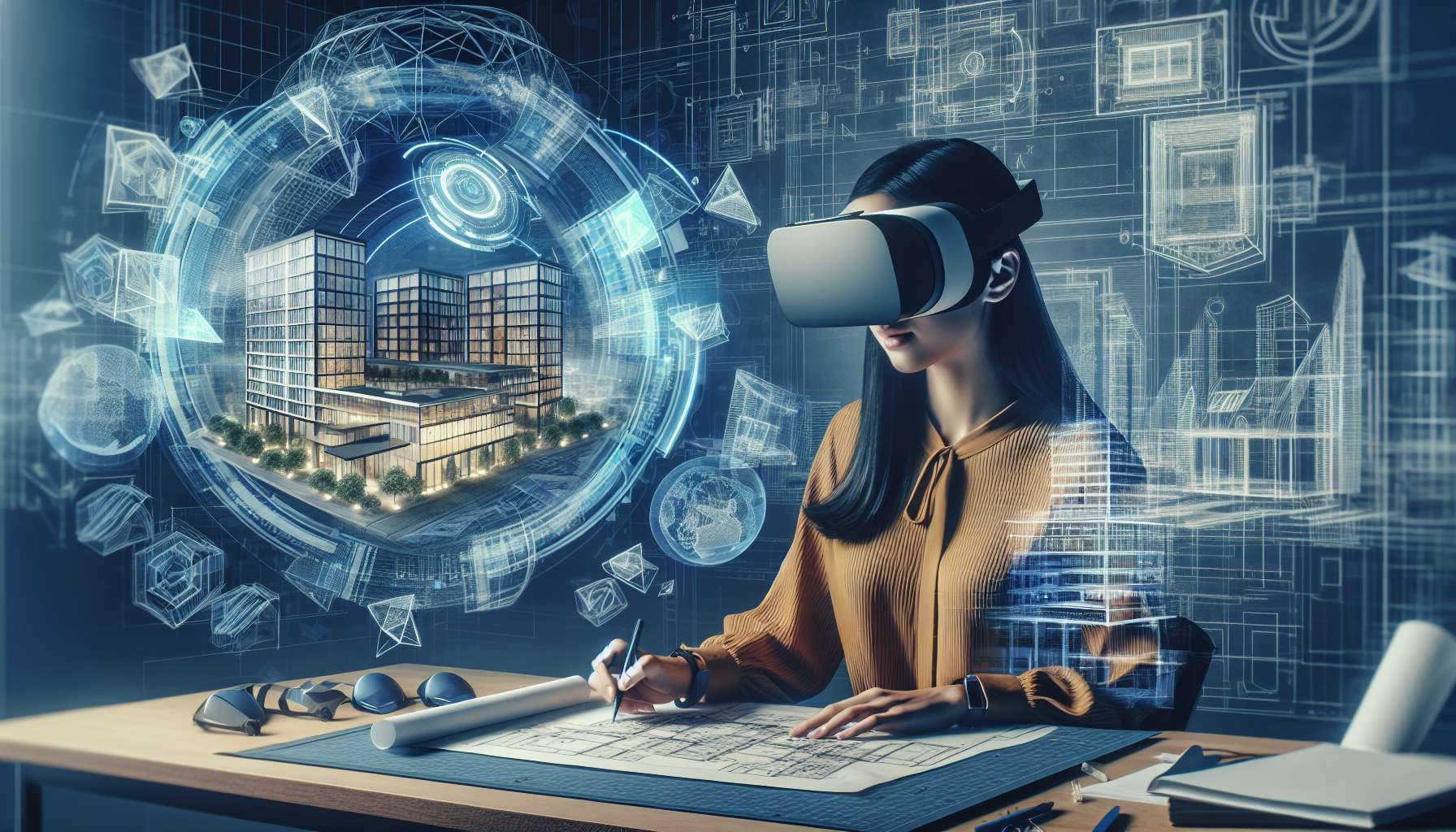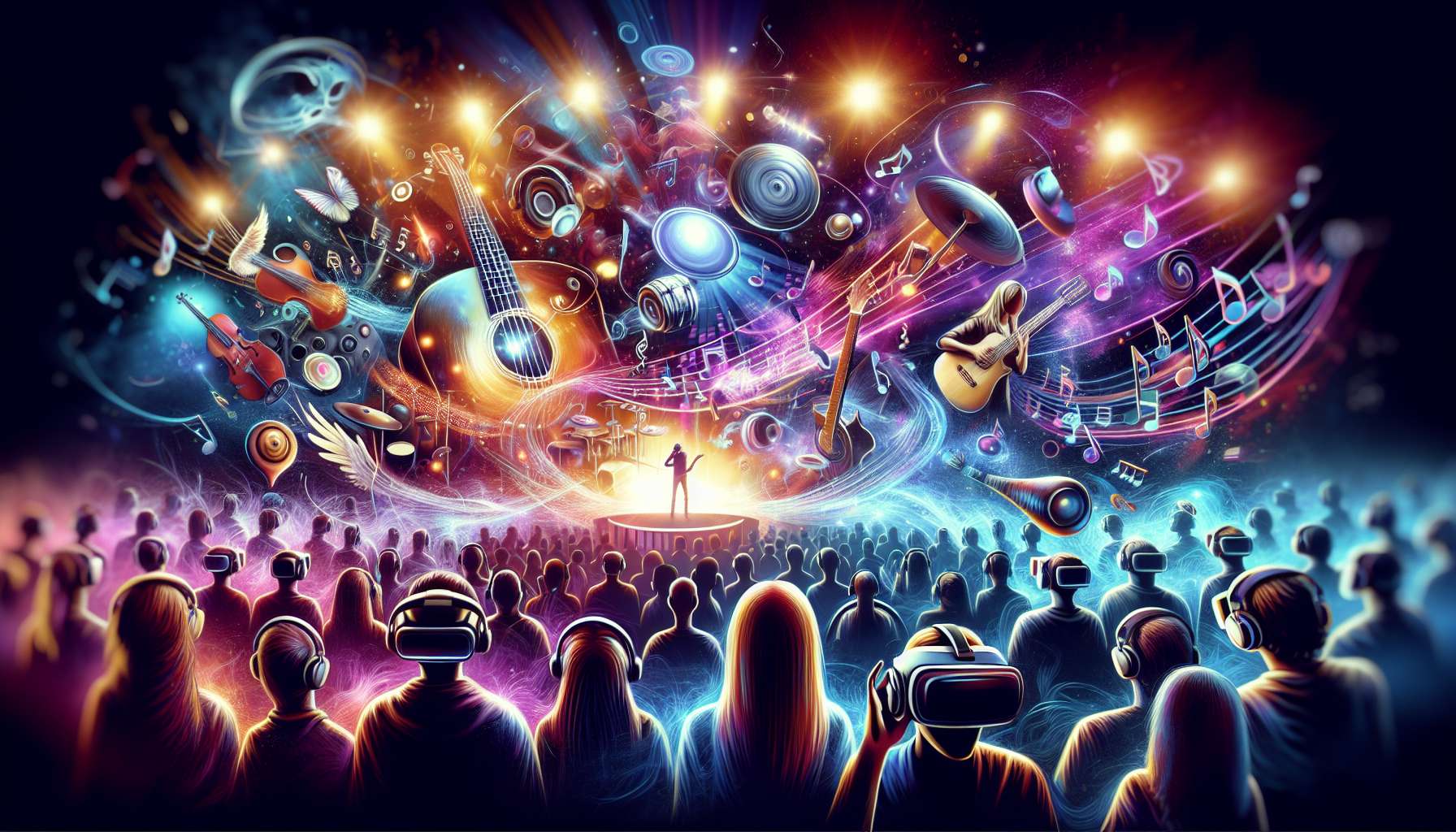Introduction
Architecture has always been a field that pushes the boundaries of design and innovation. With the advent of augmented reality (AR) and virtual reality (VR) technologies, architects now have powerful tools at their disposal to revolutionize the way buildings are designed, visualized, and experienced. In this article, we will explore how AR and VR are shaping the future of architecture.
AR in Architecture
Augmented reality is a technology that overlays digital information onto the real world, enhancing our perception and interaction with the environment. In architecture, AR allows architects to visualize their designs in real-time and at scale, right on the construction site or in the client’s location.
With AR, architects can use their smartphones or tablets to superimpose 3D models of buildings onto the physical space, giving them a better understanding of how the design will fit into the surroundings. This technology enables architects to make informed decisions about the placement, scale, and aesthetics of their designs, ultimately leading to more efficient and visually appealing buildings.
Furthermore, AR can also be used to showcase different design options to clients. By simply pointing their device at a specific location, clients can see multiple design iterations and choose the one that best suits their preferences. This not only improves client satisfaction but also saves time and resources by eliminating the need for physical mock-ups.
VR in Architecture
Virtual reality, on the other hand, offers a fully immersive experience that transports users into a computer-generated environment. In architecture, VR allows architects and clients to explore and experience a building before it is even constructed.
Architects can create virtual walkthroughs of their designs, allowing clients to navigate through the building, interact with objects, and get a realistic sense of the space. This immersive experience helps clients visualize the final product and make more informed decisions about the design, layout, and functionality of the building.
VR also enables architects to test different lighting conditions, materials, and textures, providing a more accurate representation of how the building will look and feel in real life. This level of detail and realism helps architects identify potential design flaws or improvements early in the process, saving time and money in the long run.
The Future of AR and VR in Architecture
As AR and VR technologies continue to evolve, their impact on architecture is only expected to grow. Architects are already exploring new possibilities, such as using AR to overlay real-time data on building performance or using VR to simulate the experience of different weather conditions.
Additionally, the integration of AI (artificial intelligence) with AR and VR can further enhance the design process. AI algorithms can analyze vast amounts of data and generate design options based on specific criteria, allowing architects to explore a wider range of possibilities and optimize their designs for various factors like energy efficiency, sustainability, and user experience.
In conclusion, AR and VR are revolutionizing the field of architecture by providing architects with powerful tools to design, visualize, and experience buildings in new and innovative ways. These technologies not only improve the efficiency and accuracy of the design process but also enhance client collaboration and satisfaction. As we look to the future, the possibilities for AR and VR in architecture are limitless, and we can expect to see even more groundbreaking applications in the years to come.








